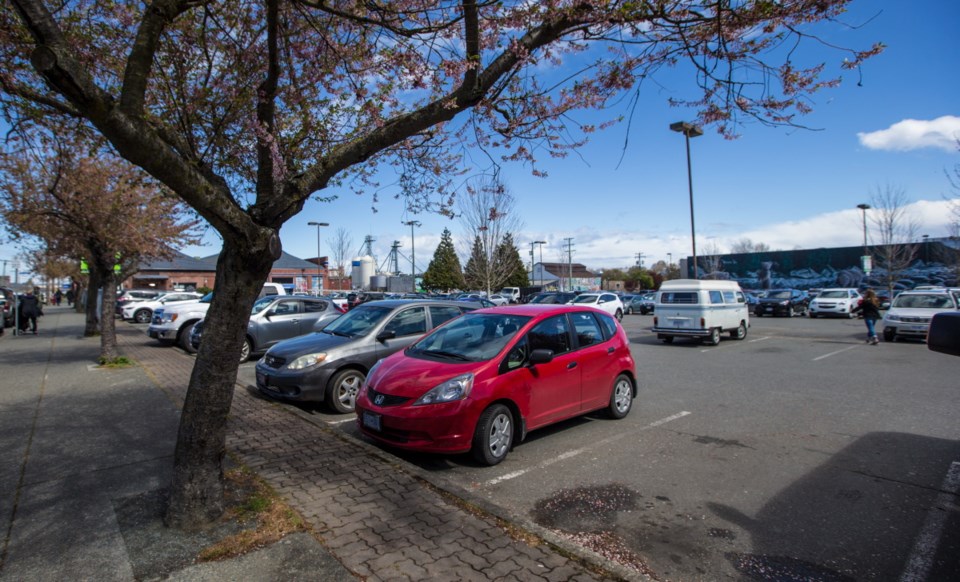Four years ago it was much easier to find parking in downtown Victoria.
The city’s parkades were well below capacity. And on the street, people could find parking directly in front of their chosen store.
In 2014, the complaints weren’t about parking. They were about vacant storefronts downtown and worries about downtown’s future. The data corroborated this worry because in 2014 the downtown retail vacancy rate was 11.3 per cent.
Fast forward to 2018. Parking garages are often at capacity during peak hours (11 a.m. to 2 p.m.) and on-street parking is harder to come by. Part of this is because the city made improvements to the parkades and the First Hour Free program; the almost immediate increased parking revenues after these changes showed us that more people were coming downtown.
But there’s more going on.
The downtown retail vacancy rate has dropped to a historic low of 3.8 per cent. There are more shops and services to choose from. And that’s not all. Between 2008 and 2018, owners of privately owned parking lots sold to developers, resulting in a loss of 1800 parking spots. In place of cars, we now have people living downtown in new rental and condo buildings, with thousands more to come.
Because of all this building downtown, there are between 150 to 200 on-street parking spaces occupied by construction-related activities at any given time. This temporarily removes more spots from a shrinking pool.
And, of course, there are the bike lanes — 44 parking spots removed along the Pandora corridor between Wharf and Cook and 11 on Fort Street.
Our collective success in creating near full occupancy in downtown retail and adding new residents to a vibrant downtown neighbourhood has created a new challenge. We’re in a crunch period in the middle of a building boom. To get through it we need new parking spots.
Local parking experts estimate that we need about 400 new spots to regain parking equilibrium. The Yates on Yates will add 63. The proposed Townline building at 777 Herald St. will add another 44 should it be approved by council.
Another 50 or so are being proposed at the Parc development at Fort and Quadra. And recently council approved a temporary use permit for 38 new surface spots. Once all these spots — and more like them — are built, we’ll be back on track.
Fixing parking is the easy part.
We will still have a big transportation problem.
On-road transportation is the largest source of greenhouse-gas emissions in the region, with estimates as high as 55 per cent. People commuting spend too much time stuck in traffic. And car ownership is expensive, pegged at $9,500 annually, according to the Canadian Automobile Association.
Putting that money toward housing, food or childcare instead would increase overall affordability.
In the long term, the answer to the parking problem isn’t more parking spaces; it’s seamless integrated mobility. The big challenge, for our region and other North American metro regions that have grown up around the car, is to create transportation options that are quicker, cheaper, more convenient and more enjoyable than the car.
This means implementing bus rapid transit across the region. It means rapid transit becomes part of an integrated mobility ecosystem including bus, bike, walking, carshare, bikeshare and car. It means smart transportation options such as a single pay system for all modes of transportation.
It means building a transportation system that elegantly moves us around the region, a system that inspires us all.
Lisa Helps is the mayor of Victoria
